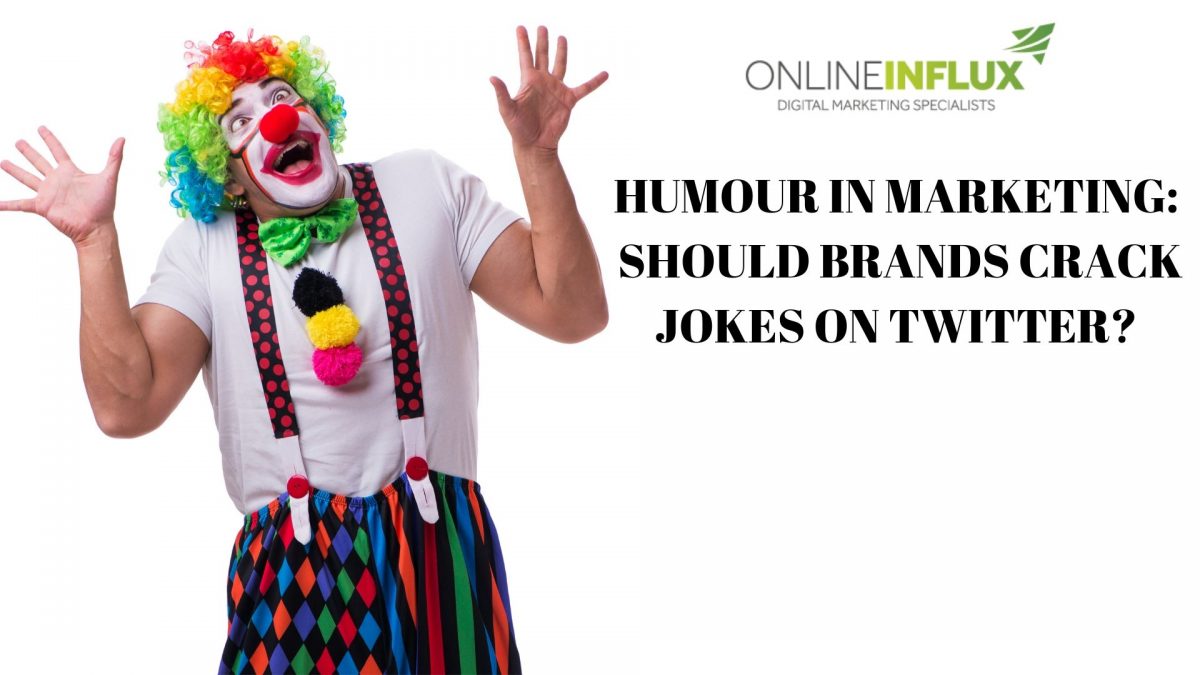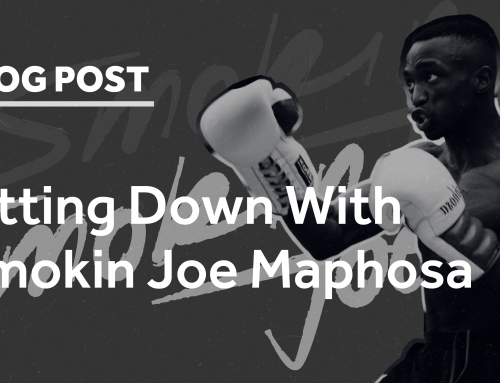Most of us like to think we are funny, many of us are when we are hanging out with our friends but as marketers can we bring that humour into our work and more importantly should we? We can all think of a popular humorous piece of content from a brand whether a TV ad or a tweet but for every successful use of humour there is a failed attempt too.
Using humour comes with many upsides that few ever tap into. Humour definitely has a place in marketing, companies such as Dollar Shave Club (which we did a case study of here) built themselves off the back of a humorous launch video. In this post we will show you the benefits of pulling off humour in marketing and a few of the drawbacks when it goes awry.
The Upside
When properly executed the use of humour can be a powerful tool for a marketer. Whilst there are many benefits to effective use of humour we narrowed it down to three core upsides, share-worthiness, relatability, and increased recall.

Share-Worthy
Everyone wants to be funny but not everybody is. Fortunately humour is reflective, the mere act of retelling a joke says something about you and your humour and passes on some of the residual benefits, in other words it makes you funny by proxy. In an online world this comes in terms of sharing humorous posts on social media. There are accounts with millions of followers based purely on sharing other people’s comedy and using it as a reflection of their sense of humour.
Unless you very heavily curate who and what you follow on social media it is often difficult to scroll far through your feed without coming across a post which is funny (or at least is trying to be). This is even the case on LinkedIn for many of us.
Funny social media content has an inherent share-worthiness offering increased reach and a symbiotic relationship with the people that share it. They get humour points from sharing your post and your post gets a stamp of approval meaning it holds more weight when it appears on their friends feeds.
Wendy’s are a great example of this. Their twitter feed has become synonymous with clever clapbacks aimed at everyone from customers to competitors. These clapbacks rack up retweets and are shared across other platforms too with many YouTubers creating videos solely reading and reacting to these clever retorts.

Relatability
We have already mentioned the reflective nature of humour and this not only increases share-worthiness but content’s relatability. We relate strongly with our sense of humour, in constitutes a pillar of our personality and says a lot about us and so we resonate strongly with content that displays our particular brand of humour. Take for instance our client The Betting Edge. The Betting Edge is a comparison website for sports gambling allowing users to easily compare book makers and offers. They take a humorous approach to commenting on sports news (and topical news from outside of sports). Their weekly Win Some Lose Some blog post which addresses people who hit it big this week and those that didn’t and points out three of each including sporting achievements or failures as well as some more humours stories from the news.
By focusing on humour rather than just reporting the match results and sports news The Betting Edge not only create sharable but more relatable content.
In fact they have almost entirely broken down the barrier between themselves and the user; their messenger inbox is filled with consumers who reach out (note the more personal use of messenger over email) and continue to have very informal conversations around sports, tips and more among the customer service questions.
Higher Recall
Humour can create higher recall for marketing content, after all if you relate to something and want to share it of course you are far more likely to remember it than something that does not offer those factors. Something that manages to connect to your sense of humour and therefore your identity certainly has a better chance of being remembered. If The Betting Edge just reported sports news the news would be the topic of conversation whether they heard it from sky sports, The Betting Edge or someone on the bus would be irrelevant. However, when humour is applied the recall shifts from the news itself to the joke and the person or company telling it.

The Downside
As with most other things, using humour in your marketing can come with some downsides. Humour is subjective. This is not a big issue, all creative is ultimately subjective and as long as you are focusing on being funny to the right audience you should be ok. But just because you are aiming to be funny to a certain demographic does not mean others won’t see your attempt at comedy. Even if your comedy is perfectly crafted for the target audience those that are not the target audience may see it and possibly not have the desired reaction. The likelihood is that those that don’t find it funny will may cringe at your attempted humour or will just be indifferent about it which is not a huge deal.
Attempts at humour may also come off as try-hard if it appears as jokes for jokes sake. But aside from being labelled as jokes for jokes sake there are few if any other downsides that do not come with non-humorous marketing. Creative is subjective, people your content is not aimed at will likely see them, and they will not always respond positively. However, so long as this does not influence the audience you actually want to reach it is close to irrelevant so why not give it a go, crack a joke on twitter and let us know how it goes @Online_Influx.








Leave A Comment